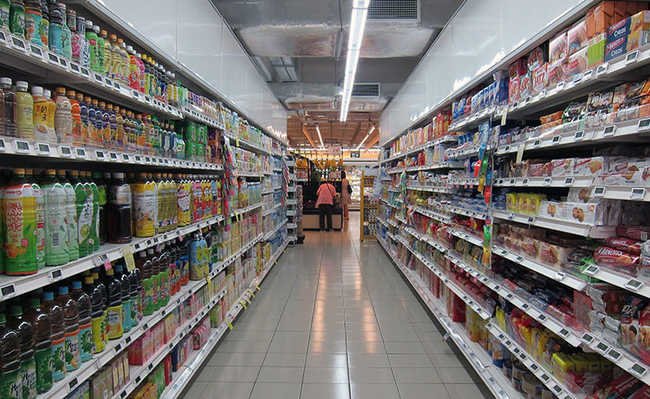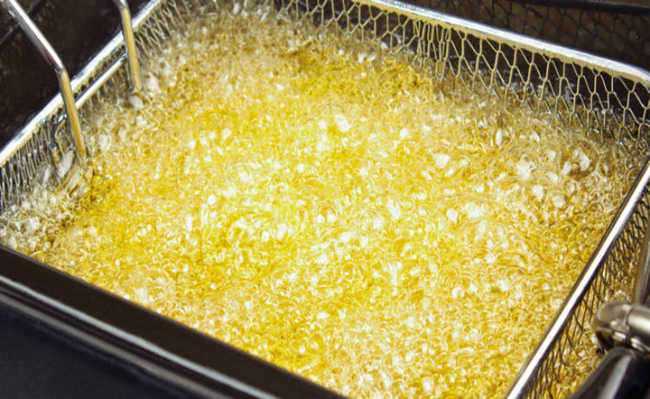Solar energy: what is it, advantages and disadvantages
Understand what solar energy is, know the differences of each type and find out which is the most advantageous

What is solar energy?
Solar energy is electromagnetic energy whose source is the sun. It can be transformed into thermal or electrical energy and applied to various uses. The two main ways of using solar energy are electricity generation and solar water heating.
For the production of electrical energy, two systems are used: the heliothermal, in which the irradiation is first converted into thermal energy and later into electrical energy; and photovoltaic, in which solar radiation is directly converted into electrical energy.
Heliothermal energy or concentrated solar energy (CSP)
According to the Ministry of Mines and Energy, Brazil has about 70% of its electric matrix based on hydraulic energy, and more recently other energy sources, such as biomass, wind and nuclear, have been receiving incentives.
- What is hydropower?
In view of unfavorable hydrological conditions, with increasingly prolonged drought periods, heliothermal energy presents itself as an alternative. Even more so if we consider that dry periods are associated with increased solar potential due to low cloud interference and more intense solar radiation.
There are several types of collectors and choosing the appropriate type depends on the application. The most used are: the parabolic cylinder, the central tower and the parabolic disc.
How it works?
Heliothermal solar energy collectors are equipment that capture solar radiation and convert it into heat, transferring this heat to a fluid (air, water, or oil, in general). Collectors have a reflective surface, which directs direct radiation to a focus, where a receiver is located. Once the heat has been absorbed, the fluid flows through the receiver.
photovoltaic solar energy
Photovoltaic solar energy is that in which solar irradiation is directly transformed into electrical energy, without going through the thermal energy phase (as it would be in the heliothermal system).
How it works?
Photovoltaic cells (or solar energy cells) are made from semiconductor materials (usually silicon). When the cell is exposed to light, part of the electrons in the illuminated material absorb photons (energy particles present in sunlight).
Free electrons are transported by the semiconductor until they are pulled by an electric field. This electric field is formed at the junction area of the materials, by an electrical potential difference existing between these semiconductor materials. Free electrons are taken out of solar energy cells and are available to be used in the form of electrical energy.
Unlike the heliothermal system, the photovoltaic system does not require high solar radiation to work. However, the amount of energy generated depends on the density of the clouds, so a low number of clouds can result in less electricity production compared to completely open skies days.
Conversion efficiency is measured by the proportion of solar radiation incident on the cell surface that is converted to electrical energy. Typically, the most efficient cells provide 25% efficiency.
According to the Ministry of the Environment, the government develops photovoltaic solar energy generation projects to meet the energy demands of rural and isolated communities. These projects focus on some areas such as: pumping water for domestic supply, irrigation and fish farming; Street lighting; systems for collective use (electrification of schools, health posts and community centers); home care.
Thermal exploitation
Another way of using solar radiation is thermal heating. Thermal heating from solar energy can be done through a process of absorption of sunlight by collectors, which are normally installed on the roofs of buildings and homes (known as solar panels).
As the incidence of solar radiation on the earth's surface is low, it is necessary to install a few square meters of collectors.
According to the National Electric Energy Agency (Aneel), to supply the supply of heated water to a residence of three to four residents, 4 m² of collectors are needed. Although the demand for this technology is predominantly residential, there is also interest from other sectors, such as public buildings, hospitals, restaurants and hotels.
If you are interested in installing a solar heating system in your home, check out the Guide for installing solar energy at home.
Advantages and disadvantages of solar energy?
Solar energy is considered a renewable and inexhaustible source of energy. Unlike fossil fuels, the process of generating electricity from solar energy does not emit sulfur dioxide (SO2), nitrogen oxides (NOx) and carbon dioxide (CO2) - all polluting gases with harmful effects on human health and that contribute to global warming.
Solar energy is also advantageous compared to other renewable sources, such as hydraulics, as it requires less extensive areas than hydroelectric power.
The encouragement of solar energy in Brazil is justified by the country's potential, which has large areas with incident solar radiation and is close to the equator.
The semiarid regions of northeastern Brazil are ideal for the generation of heliothermal energy, as they meet the conditions of high solar irradiation and low rainfall.
However, the disadvantage of heliothermal energy is that, despite not requiring as large areas as hydroelectric plants, it still requires large spaces. Therefore, it is crucial to analyze the most appropriate location for implantation, since the vegetation will be suppressed. Furthermore, as already mentioned, the heliothermal system is not suitable for all regions, as it is considered to be quite intermittent.
The non-dependence of high irradiation is a great advantage of the photovoltaic system, which contributes to its being an alternative.
In the case of photovoltaic energy, the most frequently mentioned disadvantage is the high implementation cost and the low efficiency of the process, which ranges from 15% to 25%.
However, another extremely important point to be considered in the production chain of the photovoltaic system is the social and environmental impact caused by the raw material most commonly used to compose photovoltaic cells, silicon.
Silicon mining, like any other mining activity, has impacts on the soil and groundwater of the extraction area. In addition, it is essential that good occupational conditions are provided to workers, in order to avoid work accidents and the development of occupational diseases. The International Agency for Research on Cancer (IARC) points out, in a report, that crystalline silica is carcinogenic and can cause lung cancer when chronically inhaled.
The Ministry of Science and Technology's report points out two other important points related to the photovoltaic system: the disposal of the panels must be properly disposed of, since they have potential for toxicity; and the recycling of photovoltaic panels has not reached a satisfactory level so far.
Another important point is that, despite Brazil being the second largest producer of metallic silicon in the world, second only to China, the technology for the purification of silicon at a solar level is still in the development stage. A recently identified problem, especially in heliothermic plants, is the unintentional burning of birds that pass through the region.
Therefore, even being renewable and not emitting gases, solar energy still faces technological and economic obstacles. Despite being promising, solar energy will become economically viable only with cooperation between public and private sectors, and with investment in research to improve technologies that encompass the production process, from the purification of silicon to the disposal of photovoltaic cells.










